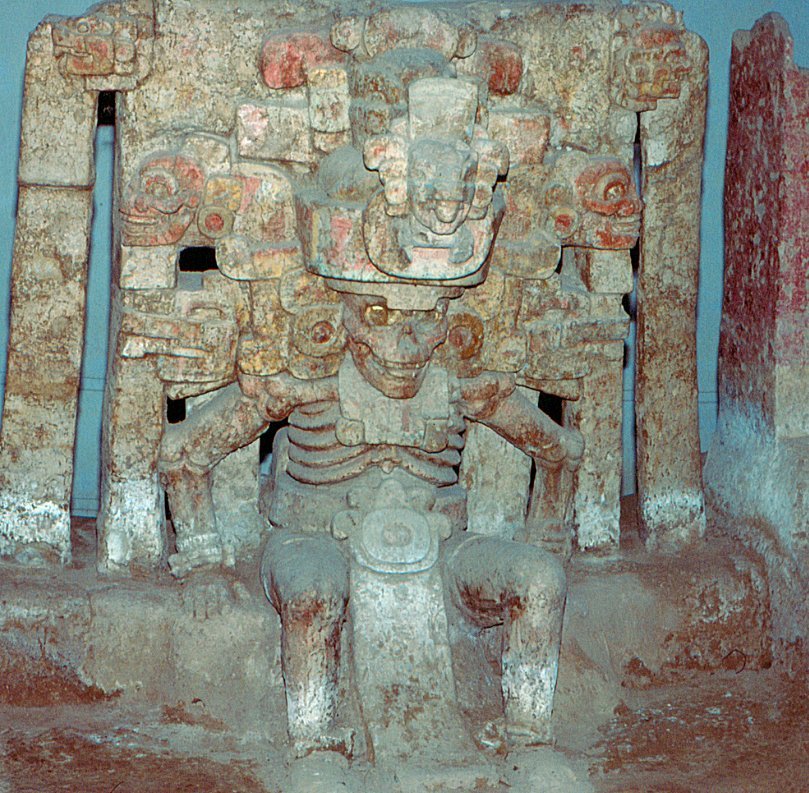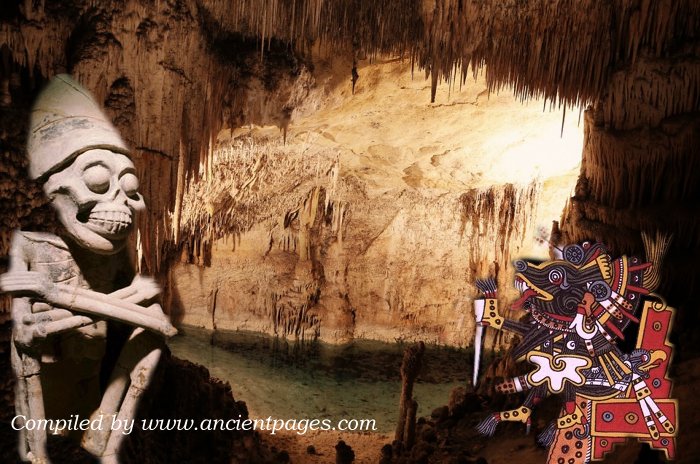Mictlan – Underworld Realm Of The Dead In Ancient Aztec Beliefs
A. Sutherland - AncientPages.com - In Aztec and Maya mythology, the Underworld (Xibalba for the Maya and Mictlan for the Aztecs) played an important role. In the beliefs of these ancient people, death was closely incorporated into the world of the living, and death is evident in almost every aspect of Aztec and Maya thought, culture, and tradition.
Statue of Mictlantecuhtli, El Zapotal, Veracruz, Mexique. Image via Wikipedia
The Aztec and Mayan mythologies describe what will happen to the spirit once the individual has died.
It was believed that the souls of ordinary people went to an underworld called Mictlan – the place of the dead. Each soul wandered through the layers of Mictlan until it reached the deepest level.
The Maya's Xibalba and the Aztec's Mictlan (or even the Norse place of the dead (Niflheim), symbolized a realm where violations of religious and moral rules were punished. These punishments included not only physical torture (often involving fire, walking upside down, eating excrement, and drinking urine) but also the agony of being cut off from God.
Statue of Mictlantecuhtli, lord of the Mictlan. Image credit: Musée du Templo Mayor, Mexico.
It is interesting how the Aztecs imagined the Mictlan.
Vision Of Mictlan
The Underworld of Aztec mythology, Mictlan (or Chiconauhmictlán), has been described as a "vast place, very dark place that has no windows light." It also has other names like Ximoayan, a place "where are the fleshless," or Atlecalocan, "without exit to the street."
According to the ancient beliefs of the Aztec people, at the time of death, the individual had to make the trip back to the maternal womb, to its place of origin. That's why the deceased was placed in a fetal position, and their soul had to undertake the trip to Mictlan and cross nine hazards and dangers, as it happened inside the womb during the nine lost menstrual periods and the nine-month-long pregnancy.
For the Aztecs, the world of the afterlife was arranged in 13 layers of the heavens and nine of the Underworld. The fate of the deceased was determined based on how this person died. A belief that, in some ways, reminds of the Norse Valhalla.
Most of those who died violent deaths entered the heavenly realm; one of the layers in heaven was reserved for sacrificial victims, those who perished in combat, and for women who died in childbirth (who were recognized as warriors who fell to the battling infant).
Another place was reserved for those who committed suicide. According to Aztec beliefs, yet another heavenly realm was reserved for those who drowned; it became an offer of deadly decease sent by the rain gods and even those struck by lightning.
Many Hard Challenges To Face
Most people who died of ordinary death entered Mictlan, the Underworld, and there, they had to face many trials like their Maya counterparts did when they entered Xibalba.
The journey from the first level to the ninth was four years long and arduous. The dead had to face several dangerous challenges, such as crossing a path full of snakes and challenging an area with strong winds that were so sharp they sliced at the skin like a knife, and the only protection from these terrible winds was a blanket buried with the dead.
Another test was to go through two mountains that collide with each other whenever a spirit passed between, in an attempt to crush the soul. Another challenge was to cross a river of blood with fearsome jaguars, and it was terrifying to encounter frightening demons that ate human hearts.
The Xolotl (a dog associated with this deity) accompanied the deceased. Like the Greek Charon and the Egyptian God Anubis, Xolotl also led the souls on their journey to the Underworld.
After four years of passing these roads, the deceased had ended the wandering and could finally cross a large, plentiful river mounted on his dog.
The exhausting journey was over. The deceased reached the Mictlan and could approach Mictlantecutli (Lord of death) and his wife, Mictecacihuatl (Lady of death), who ruled the Land of the Dead.
Mictlantecuhtli was a terrifying figure. In his "Encyclopedia of the Rulers Evil Spirits and Geographies of the Dead," Ernest L. Abel writes:
"Mictlantecuhtli had an insatiable hunger for human flesh and blood. He was a blood-splattered, partially de-fleshed skeleton with a menacing grin who wore a headdress with owl feathers, a necklace of human eyeballs, a human bone for an earplug, and had claws for hands in which he carried a knife or axe to remove the hearts of those he claimed. He was accompanied by animals such as the bat, centipede, owl, scorpion, and spider…"
Certain animals played an essential role in the Aztec beliefs. Bats symbolize death since they live inside the caves and only come out at night. Also, lizards and snakes were associated with death, and they accompanied the dead on the way to Mictlan.
The dog also connected with death, but this animal beneficially helped the deceased through many dangers in the Underworld.
Written by – A. Sutherland AncientPages.com Senior Staff Writer
Updated on February 17, 2024
Copyright © AncientPages.com All rights reserved. This material may not be published, broadcast, rewritten or redistributed in whole or part without the express written permission of AncientPages.com
Expand for referencesReferences:
Austin A. L. The Human Body and Ideology: Concepts of the Ancient Nahuas
Hayes B. Aztec Mythology
More From Ancient Pages
-
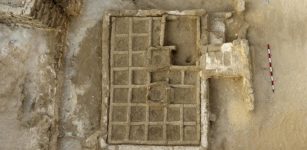 4,000-Year-Old Funerary Garden Found In Luxor, Egypt
Archaeology | May 9, 2017
4,000-Year-Old Funerary Garden Found In Luxor, Egypt
Archaeology | May 9, 2017 -
 Ancient Symbol Fleur-de-lis: It’s Meaning And History Explained
Ancient Symbols | May 19, 2020
Ancient Symbol Fleur-de-lis: It’s Meaning And History Explained
Ancient Symbols | May 19, 2020 -
 Mysterious Osirion Of Abydos Egypt – Was It An Ancient Energy Plant?
Featured Stories | Feb 26, 2020
Mysterious Osirion Of Abydos Egypt – Was It An Ancient Energy Plant?
Featured Stories | Feb 26, 2020 -
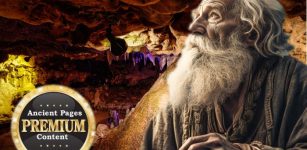 Teens Make Incredible Discovery In An Ancient Florida Cave
Featured Stories | Mar 15, 2024
Teens Make Incredible Discovery In An Ancient Florida Cave
Featured Stories | Mar 15, 2024 -
 Young Warrior’s Grave Dated To A Sixth Century Unearthed At Langobard Necropolis In Czech Republic
Archaeology | Jul 5, 2022
Young Warrior’s Grave Dated To A Sixth Century Unearthed At Langobard Necropolis In Czech Republic
Archaeology | Jul 5, 2022 -
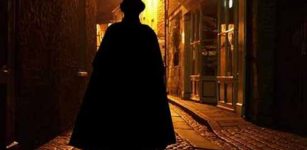 Historian Suggests Jack The Ripper Fled To Australia Where He Met His End
Archaeology | Sep 10, 2016
Historian Suggests Jack The Ripper Fled To Australia Where He Met His End
Archaeology | Sep 10, 2016 -
 Mysterious Old Ship With No Crew Reaches The Canadian Coast
Featured Stories | Jul 25, 2024
Mysterious Old Ship With No Crew Reaches The Canadian Coast
Featured Stories | Jul 25, 2024 -
 The Anglo-Saxon Migration: New Insights From Genetics
Archaeology | Sep 21, 2022
The Anglo-Saxon Migration: New Insights From Genetics
Archaeology | Sep 21, 2022 -
 Mysterious High-Energy Particles Detected In Antarctica – Evidence Of Ancient Nuclear Technology Or Something More Frightening?
Ancient Mysteries | Sep 11, 2019
Mysterious High-Energy Particles Detected In Antarctica – Evidence Of Ancient Nuclear Technology Or Something More Frightening?
Ancient Mysteries | Sep 11, 2019 -
 Mysterious Ancient Oil Lamps In Ohio And Wisconsin – Evidence Of Pre-Columbian Contact?
Ancient Mysteries | Dec 20, 2017
Mysterious Ancient Oil Lamps In Ohio And Wisconsin – Evidence Of Pre-Columbian Contact?
Ancient Mysteries | Dec 20, 2017 -
 48,000-Year-Old Tooth That Belonged To Neanderthal Child Found In Northern Italy
Fossils | Sep 19, 2020
48,000-Year-Old Tooth That Belonged To Neanderthal Child Found In Northern Italy
Fossils | Sep 19, 2020 -
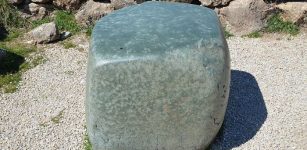 Mystery Of The Ancient Giant Wish Stone At Hattusa
Featured Stories | Oct 1, 2019
Mystery Of The Ancient Giant Wish Stone At Hattusa
Featured Stories | Oct 1, 2019 -
 On This Day In History: 3,106-Carat Diamond Found – On Jan 25, 1905
News | Jan 25, 2017
On This Day In History: 3,106-Carat Diamond Found – On Jan 25, 1905
News | Jan 25, 2017 -
 Unexplained Historical Sighting And Archaeological Discovery Reported In Alberta By Police Officer
Featured Stories | Jul 1, 2024
Unexplained Historical Sighting And Archaeological Discovery Reported In Alberta By Police Officer
Featured Stories | Jul 1, 2024 -
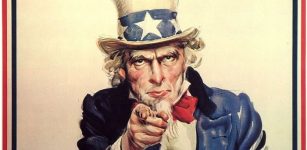 Story Of Uncle Sam – Symbol Of The United States Government
Ancient Symbols | Apr 24, 2017
Story Of Uncle Sam – Symbol Of The United States Government
Ancient Symbols | Apr 24, 2017 -
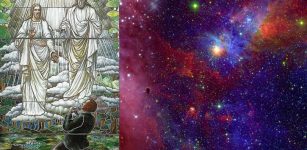 Mysterious Kolob – Does The Sacred Star Of The Mormons Exist?
Featured Stories | Feb 4, 2019
Mysterious Kolob – Does The Sacred Star Of The Mormons Exist?
Featured Stories | Feb 4, 2019 -
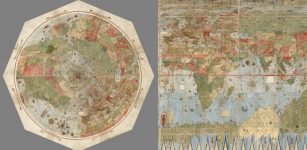 Unique Ancient Map Depicting The Earth As Seen From Space Restored Digitally
Archaeology | Dec 18, 2017
Unique Ancient Map Depicting The Earth As Seen From Space Restored Digitally
Archaeology | Dec 18, 2017 -
 Fake Or Genuine? 2,000-Year-Old Gold Torc Found In Trollhättan, Sweden Must Be Examined
Archaeology | Mar 21, 2025
Fake Or Genuine? 2,000-Year-Old Gold Torc Found In Trollhättan, Sweden Must Be Examined
Archaeology | Mar 21, 2025 -
 The Truth About Ancient Rome’s Vomitorium
Featured Stories | Jun 18, 2019
The Truth About Ancient Rome’s Vomitorium
Featured Stories | Jun 18, 2019 -
 Five Ancient Roman Tombs With Different Architectural Style Discovered In Egypt
Archaeology | Aug 26, 2017
Five Ancient Roman Tombs With Different Architectural Style Discovered In Egypt
Archaeology | Aug 26, 2017

